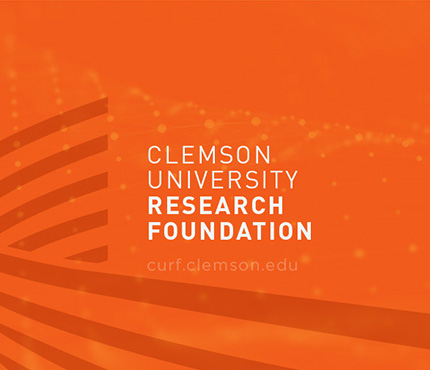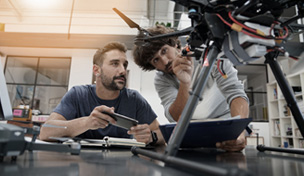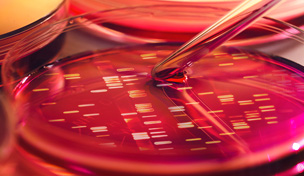Keywords: Biomaterials, Biotechnology, Tissue Engineering
Market Overview
The shortage of suitable donor grafts from the knee and temporomandibular joints (TMJ) impedes treatments for millions of patients. Currently, to address this need, fresh-frozen and cryopreserved allographs are used as valuable alternatives for transplantation when fresh donor grafts are unavailable. While these grafts provided essential support for patients with immediate need, long-term clinical outcomes still present a challenge. In specific, the formation and growth of ice crystal formation during fresh-freezing and conventional cryopreservation processes result in substantial cell loss. This leads to limitations in preserving viable cells and overall unfavorable long-term outcomes. Clemson researchers have pioneered the development of vitreous grafts for knee menisci, osteochondral allografts, and TMJ discs. This novel method applies vitrification for the first time in these tissue types in order to preserve viable allografts for long-term storage. Furthermore, each step of the vitrification process is optimized to develop the ideal preservation protocol for each specific tissue type.
Applications:
Musculoskeletal allograft preservation
Technical Summary:
The vitreous grafts are created by transitioning donor tissues into an amorphous solid vitreous state during cooling, effectively preventing ice crystal formation at cryogenic temperatures, with the aid of high concentration cryoprotective agents (CPAs). Typically, the complete vitrification procedure involves selecting appropriate CPAs, adding CPAs to the tissues, cooling, storage, warming, removing CPAs from the tissues, and tissue recovery. A key benefit of this invention is the development of the optimal preservation protocol for each specific tissue type. The novel method leads to more favorable long-term clinical outcomes for patients in need of knee menisci, osteochondral allografts, and TMJ disc grafts.
Advantages:
- Novel method to preserve viable allografts for long-term storage.
- Vitrification used for the first time in grafts for knee menisci, osteochondral allografts, and TMJ discs.
- Process optimized for each specific tissue type.
- Prevents ice crystal formation and growth during fresh-freezing and conventional cryopreservation.
Technology Overview
State of Development
TRL 4/5
Category
CURF Reference No.
2024-041
Inventors
Dr. Shangping Wang, Dr. Hai Yao, Dr. Yongren Wu, Dr. Peng Chen
For More Info, Contact:
Pushparajah Thavarajah
Business Development Associate
E: pthavar@clemson.edu
P: 864.656.5708
Contact
Latest News from CURF
Stay up-to-date with the latest trends in the innovation and research industry. Sign up for our newsletter to see how CURF is making a difference and impacting the economy where we live.









